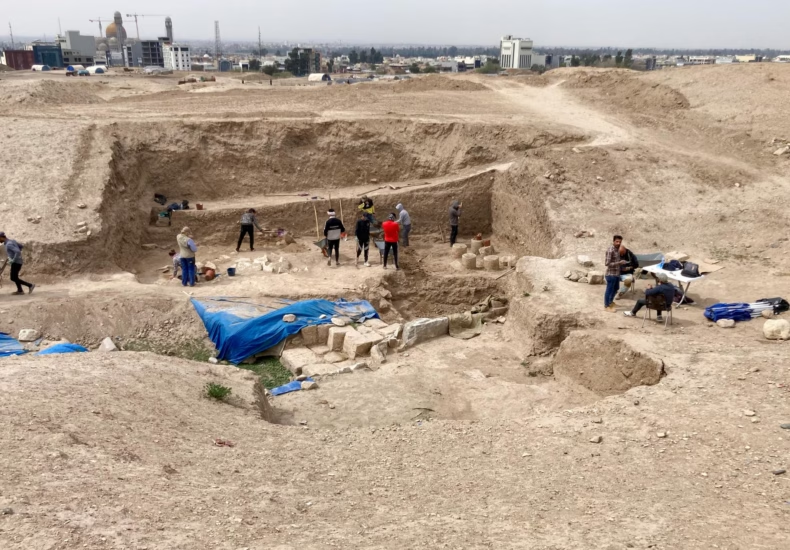
Massive Relief Depicting Assyrian Gods and King Ashurbanipal Unearthed in Ancient Nineveh
Archaeologists from Heidelberg University uncover a unique 12-ton royal relief in Iraq’s ancient Assyrian capital
A team of archaeologists from Heidelberg University has made a remarkable discovery in the heart of ancient Mesopotamia. During excavations at Kuyunjik Hill—part of the ancient city of Nineveh near modern-day Mosul—researchers uncovered large fragments of a colossal relief depicting King Ashurbanipal, the last great ruler of the Assyrian Empire, alongside two major deities.
The stone slab, measuring 5.5 meters long, 3 meters high, and weighing approximately 12 tons, is considered exceptional not just for its size but for its content. According to Prof. Dr. Aaron Schmitt, who leads the excavation at the North Palace, “Among the many known Assyrian palace reliefs, depictions of primary gods are nearly nonexistent. This makes our discovery truly extraordinary.”
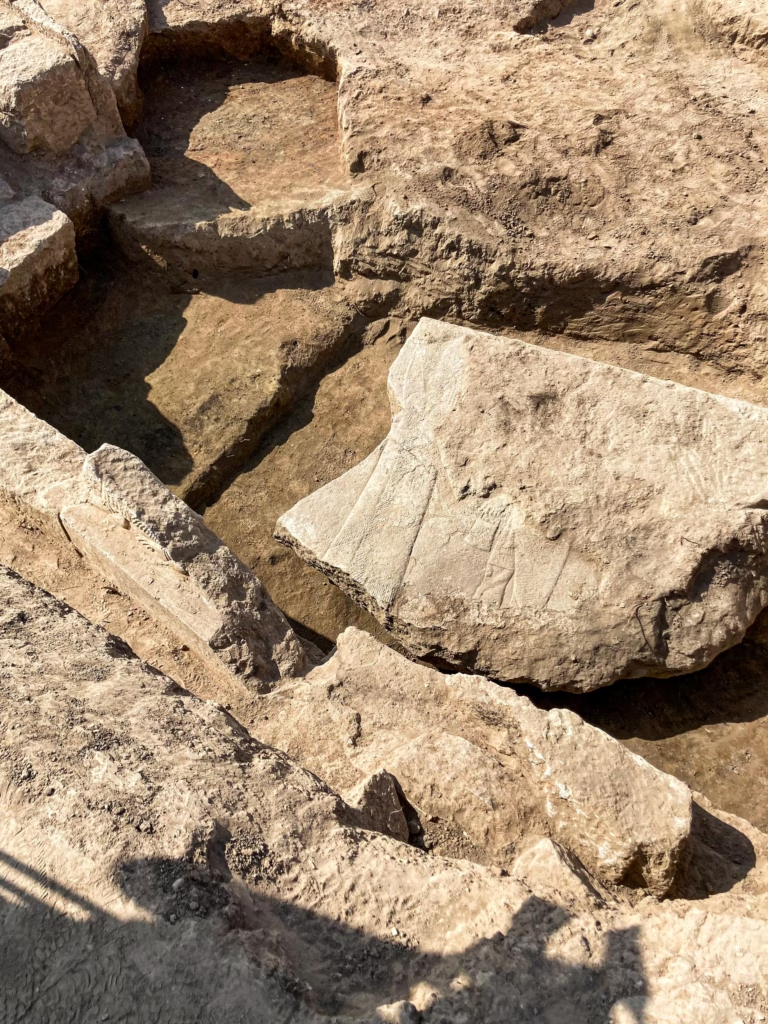
Rare Depictions of Ashur and Ishtar in Royal Iconography
Dating back to the 7th century BCE, the relief features King Ashurbanipal standing between two prominent Assyrian deities: Ashur, the chief god of the empire, and Ishtar, the goddess and protector of the city of Nineveh. Behind them stand symbolic figures: a fish-cloaked protective spirit and a possible Scorpion Man, raising their arms in veneration. Scholars suggest that a winged sun disk originally adorned the upper section, a sacred symbol in Mesopotamian art.
Since 2022, excavations have been taking place in the central part of the North Palace, built by King Ashurbanipal himself. These efforts are part of the Heidelberg Nineveh Project, which began in 2018 under the direction of Prof. Dr. Stefan Maul from Heidelberg’s Institute for Near Eastern Languages and Civilizations.
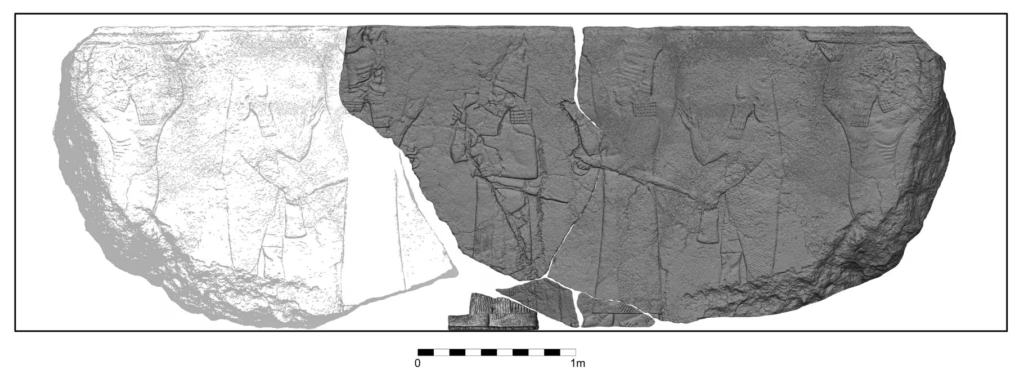
Relief Likely Buried During the Hellenistic Period
The massive artwork was found in a recessed niche opposite the main entrance of the throne room—considered one of the most prominent locations in the palace. Interestingly, the fragments were discovered in a filled pit behind the niche, possibly dating to the Hellenistic period (3rd–2nd century BCE).
Prof. Schmitt explains, “This backfilling may explain why British archaeologists missed the relief more than a century ago. Its burial preserved it—hidden just below the surface.”
Plans to Restore and Exhibit the Relief
In collaboration with the Iraqi State Board of Antiquities and Heritage (SBAH), there are plans to reinstall the relief in its original setting and open it to the public in the coming years. The discovery not only enhances our understanding of Assyrian religious symbolism but also offers new insights into ancient palace architecture and political ideology.
“This isn’t just art,” Schmitt concludes. “It’s a powerful statement about kingship, divinity, and the empire’s central identity.”
You may also like
Related posts:
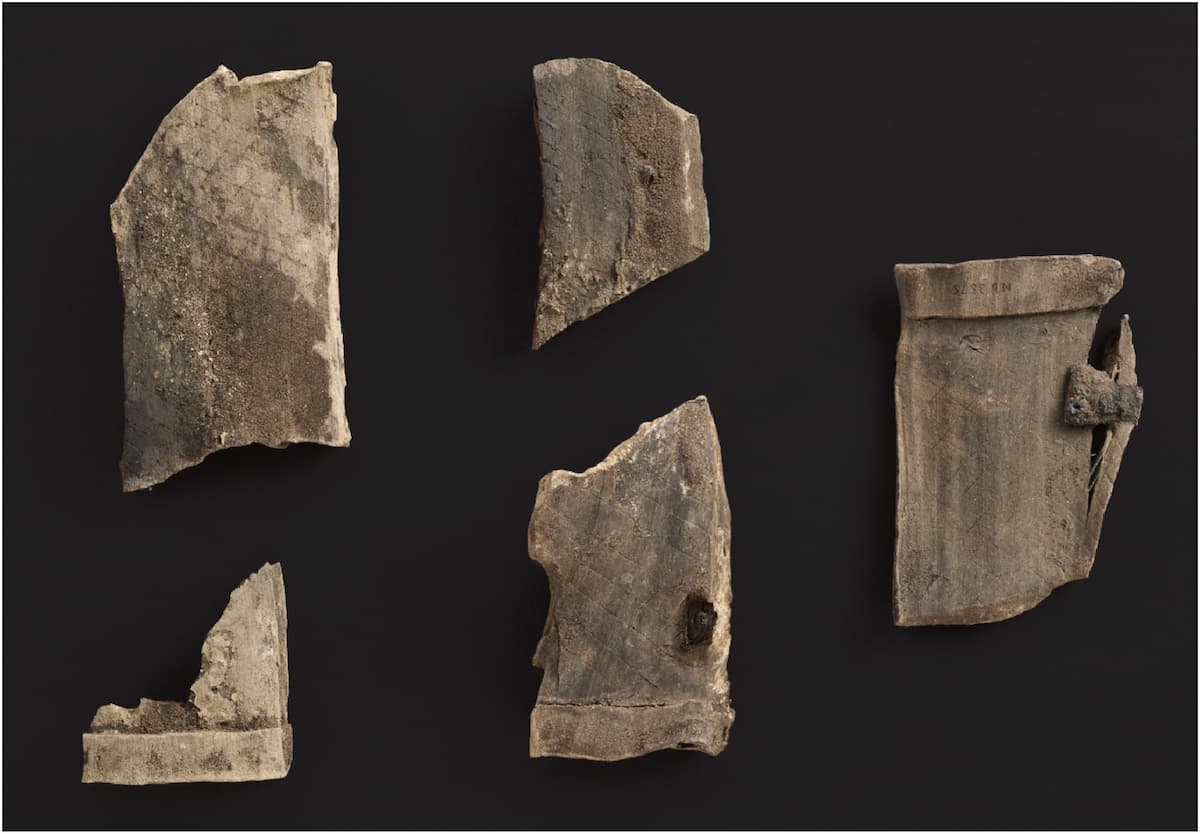 Ancient Assyrian Tablets: Science Uncovers 7th Century Writing Techniques
Ancient Assyrian Tablets: Science Uncovers 7th Century Writing Techniques
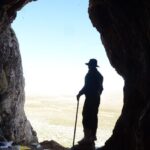 Neanderthal Remains Found in Iran’s Zagros Mountains: Kunakhera Cave Reveals 80,000-Year-Old Evidence
Neanderthal Remains Found in Iran’s Zagros Mountains: Kunakhera Cave Reveals 80,000-Year-Old Evidence
 5000-Year-Old Cube Uncovers the Oldest Iron Age Settlement in India
5000-Year-Old Cube Uncovers the Oldest Iron Age Settlement in India
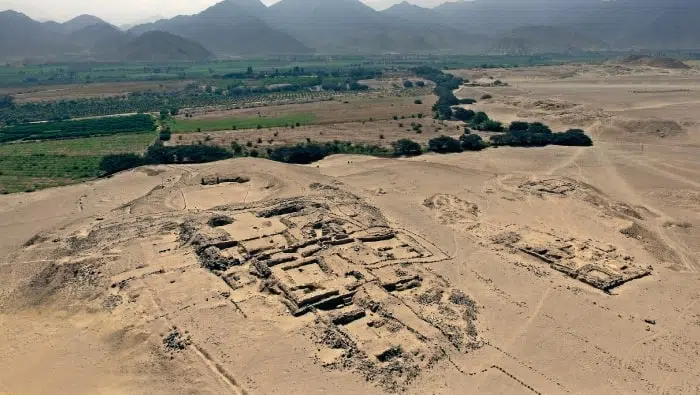 A New Pyramid of the Caral Culture, Known as the Oldest Civilization in South America, Discovered
A New Pyramid of the Caral Culture, Known as the Oldest Civilization in South America, Discovered
- A Groundbreaking Discovery: 6th-Century “Türk-Kağan” Coin Could Be the Oldest Record of the Word “Türk”
- Massive Relief Depicting Assyrian Gods and King Ashurbanipal Unearthed in Ancient Nineveh
- Pregnancy in the Viking Age: Warrior Women, Unborn Children, and the Silences of History
- The Sacred Sound of Mount Idi: A Bronze Tympanon from the 8th Century BCE
- Exceptionally Preserved Bronze Age Urns Discovered in Germany
- The Eleusinian Mysteries and the Demeter-Kore Relief: A Glimpse into Ancient Sacred Rituals
- “Game[in]g Problems” Exhibition in Elche: Video Games Redefine History
- Excavations at Tell Abu Saifi Reveal Ancient Egypt’s Strategic Eastern Defense Systems
- The World’s First Beauty Contest Took Place on Mount Ida (Kaz Dağları)
- Gruesome Maya Ritual Sacrifices Unearthed in Guatemala’s ‘Cave of Blood’

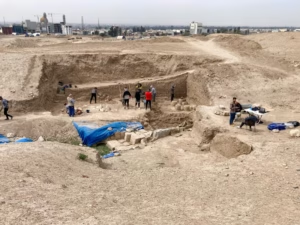
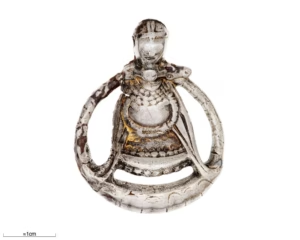
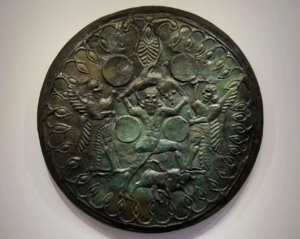
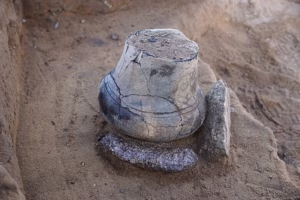
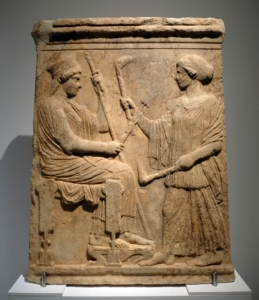
!["Game[in]g Problems" Exhibition in Elche: Video Games Redefine History](https://ancientist.com/wp-content/uploads/2025/05/POSTER_Gameing_Problems_Historytelling-300x300.avif)
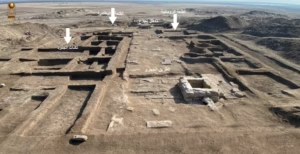

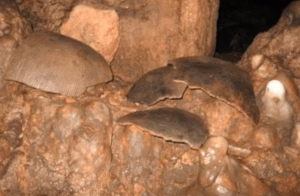
Leave a Reply